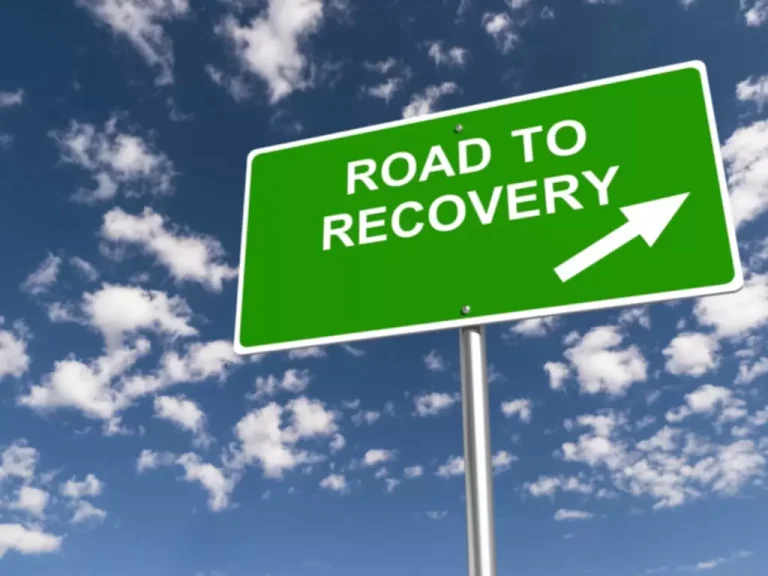Alcohol-Related Neurologic Disease: Types, Signs, Treatment

TETRAS, The Essential Tremor Rating Scale; BrAC, breath alcohol concentration; AUQ, Alcohol Urge Questionnaire; BSED, Sedation scores from the Biphasic Alcohol Effects Scale; BSTIM, Stimulation scores from the Biphasic Alcohol Effects Scale. Numerical correlation matrix representing the relationship between motor and nonmotor data collected during the ethanol challenge. Patients with active or past history of alcohol use disorder (?9 on the Alcohol Use Disorders Identification Test (AUDIT)29) were excluded. Or you might be referred immediately to a doctor trained in brain and nervous system conditions, called a neurologist. If you struggle withalcohol abuseand are looking for a way to quit, help is available.Contactour trained professionals at The Recovery Village to learn how we can help you live a healthier, alcohol-free life. Even though alcohol can help ET symptoms, alcohol is not usually used as a treatment for ET.

What causes alcohol-related neurologic disease?
Interestingly, in rat brain the GHB receptor is heavily expressed in the cerebellum but not in striatum or thalamus, and within the cerebellum GHB-receptor expression is highest within Purkinje cells 61. Taken together, these three pivotal studies support the idea that administration of EtOH at doses that do not produce intoxication or sedation selectively reduces cerebellar metabolism. Because of performance variability, asking patients to perform several tasks in the office may lead to a more accurate assessment of tremor.75 A video is provided with this review to show essential tremor when pouring and writing, and figure 1 shows spiral drawings. Comprehensive search strategies covered the topics of diagnosis, medical and surgical management, and drug treatment in essential tremor. A combination of subject headers and keywords was designed in conjunction with a medical librarian. The searches were executed in the Medline (PubMed) and Embase (Ovid) databases from database inception through 25 February 2019.
Efficacy.
Using the same definition to group responders and nonresponders (change in normalized spiral score 60?min postethanol administration), we assessed differences in the other metrics collected between baseline and 60?min postethanol administration. We found that the change in median normalized TETRAS performance score at 60?min postadministration was significant for the responders (0.72 0.63–0.80) and the nonresponders (0.76 0.70–0.79). Given the unique timings of peak change in BrAC and normalized spiral score, we evaluated these data at all time points to explore any potential relationship. In total, 80% of patients were considered alcohol responsive using our objective definition. Responder status and change in the objective tremor metrics were significantly correlated with the change in breath alcohol concentration levels after ethanol administration, but no other relationships to nontremor metrics were found.
Table 1.

Doctors tailor specific treatments and alcohol abstinence programs to the individual. Alcohol can have significant negative effects on the central nervoussystem (CNS). Drinking alcohol can also have negative effects on the peripheral nervous system (PNS). This condition can be acute, affecting people for a short period of time before resolving, or chronic, lasting for a longer period of time. Researchers have not determined if this is caused by the effects of alcohol on the brain or is the result of thiamine deficiency. Alcohol withdrawal syndrome occurs when someone who has been drinking excessive amounts of alcohol for an extended period of time suddenly stops drinking or reduces their intake.
- To our knowledge, it is not known whether repeated spiral drawing is leading to amplitude reductions due to a learning or adaptation effect.
- The two best-studied surgical treatments for severe limb tremor that hasn’t responded to medications are thalamotomy and deep brain stimulation (DBS).
- The cerebellum is the part of the brain that controls coordination and balance.
Alcoholic neuropathy occurs when too much alcohol damages the peripheral nerves. This can be permanent, as alcohol can cause changes to the nerves themselves. Deficiencies in B6 and B12, thiamine, folate, niacin, and vitamin E can make it worse.

Testing for Alcohol Responsiveness in Familial Essential Tremor
- Patients taking medications known to interact with ethanol or affect brain excitability (e.g., hypnotic, antiepileptic, antipsychotic medication, stimulants, antihistamines, and muscle relaxants), as well as female patients who were pregnant or lactating, were also excluded.
- The results from the phase 2b randomized clinical trial, published November 20th in Annals of Neurology, build on more than a decade of research spurred by anecdotal reports from patients with LD who said their symptoms improved after consuming a couple of alcoholic drinks.
- Numerical correlation matrix representing the relationship between motor and nonmotor data collected during the ethanol challenge.
Avoiding alcohol is the best way to treat these conditions and relieve symptoms. Excessive consumption of tremor improves with alcohol alcohol causes alcohol-related neurologic disease. When you consume alcohol, it’s absorbed into your bloodstream from the stomach and the small intestine. Cerebellar degeneration caused by alcohol occurs when neurons in the cerebellum deteriorate and die. The cerebellum is the part of the brain that controls coordination and balance.
Psychiatric symptoms
“Alcohol in essential tremor and other movement disorders.” Wiley Online Library, August 18, 2010. Althoughalcohol abuse and alcohol withdrawalare linked to other types of tremors, ET is not thought to be among them. That said, chronicheavy alcohol use can harm your brain, and it is possible that over time heavy alcohol usemight worsen ET. The investigators enrolled 106 participants with LD, 50 of whom had alcohol-responsive symptoms.
No views yet
